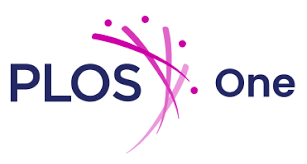Absolute concentration estimation of COVID- 19 convalescent and post-vaccination IgG antibodies

PLOS ONE | 01 SEPT 2024
Melvin E. Klegerman, Tao Peng, Ira Seferovich, Mohammad H. Rahbar, Manouchehr Hessabi, Amirali Tahanan, Audrey Wanger, Carolyn Z. Grimes, Luis Z. Ostrosky-Zeichner, Kent Koster, Jeffrey D. Cirillo, Dinuka Abeydeera, Steve De Lira, David D. McPherson
Abstract
Soon after commencement of the SARS-CoV-2 disease outbreak of 2019 (COVID-19), it became evident that the receptor-binding domain of the viral spike protein is the target of neutralizing antibodies that comprise a critical element of protective immunity to the virus. This study addresses the relative lack of information regarding actual antibody concentrations and binding affinities in convalescent plasma (CP) samples from COVID-19 patients and extends these analyses to post-vaccination (PV) samples to estimate protective IgG antibody (Ab) levels. A direct enzyme-linked immunosorbent assay (ELISA) was used to measure IgG anti-spike protein (SP) antibodies (Abs) relative to human chimeric spike S1 Ab standards. Microplate wells were coated with recombinant SP. Affinities of Ab binding to SP were determined by previously described methods. Binding affinities were also determined in an RBD-specific sandwich ELISA. Two indices of protective immunity were determined as permutations of Ab molar concentration divided by affinity as dissociation constant (KD). The range and geometric means of Ab concentrations in 21 CP and 21 PV samples were similar and a protective Ab level of 7.5 μg/ml was determined for the latter population, based on 95% of the normal distribution of the PV population. A population (n = 21) of plasma samples from individuals receiving only one vaccination with the BNT162b2 or mRNA-1273 vaccines (PtV) exhibited a geometric mean Ab concentration significantly (p < 0.03) lower than the PV population. The results of this study have implications for future vaccine development, projection of protective efficacy duration, and understanding of the immune response to SARS-CoV-2 infection.
Read the Paper
